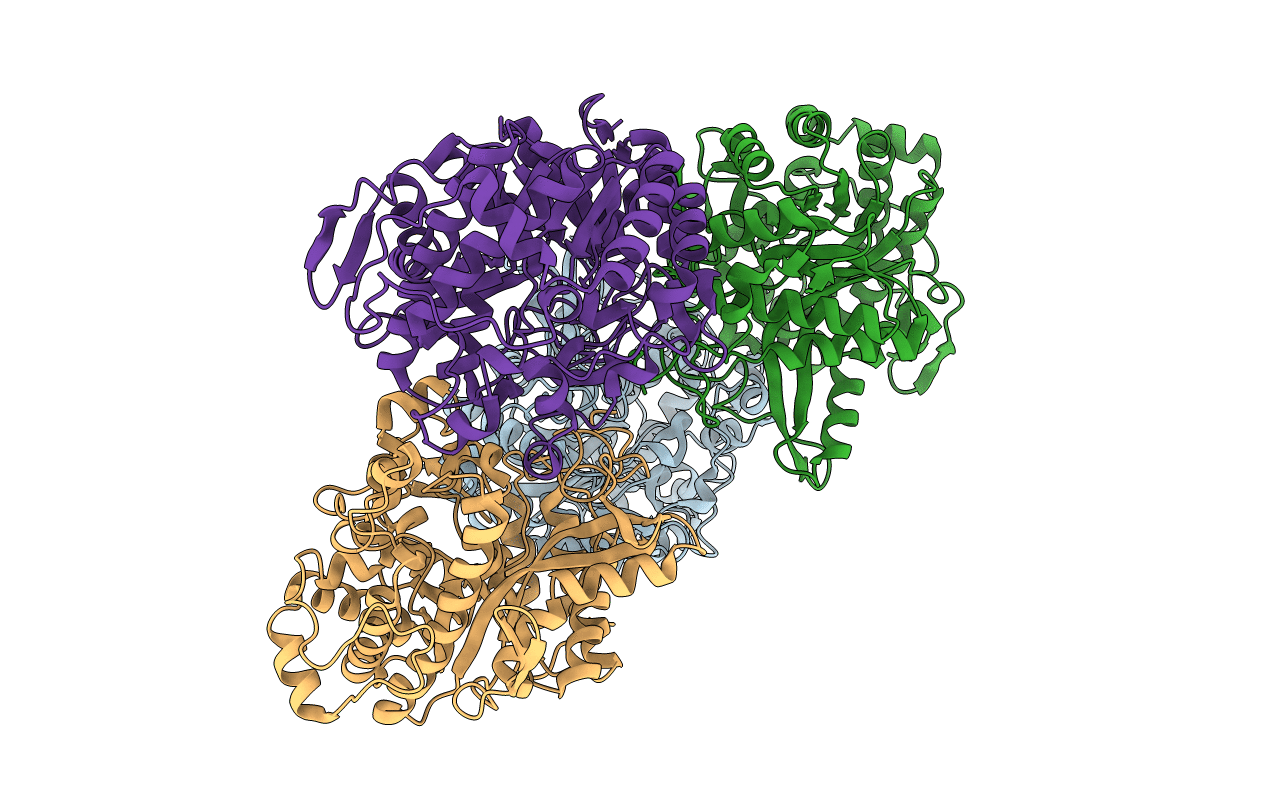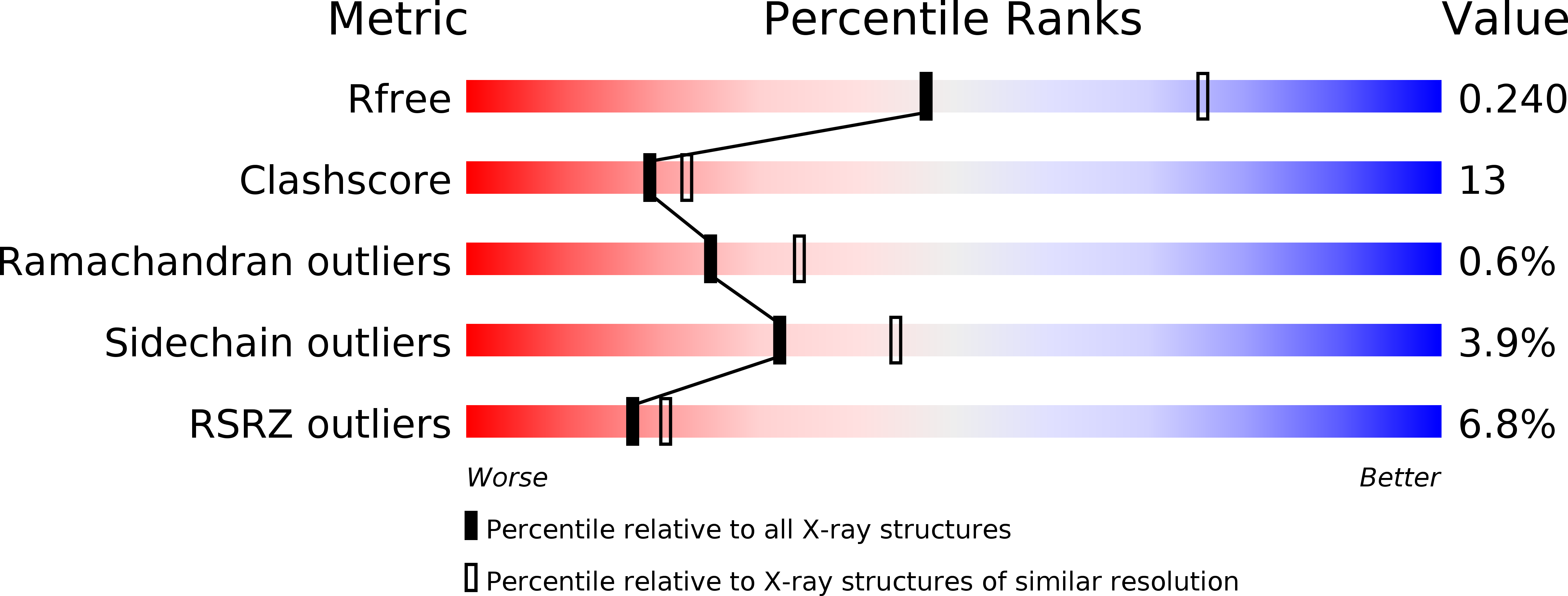
Deposition Date
2004-02-05
Release Date
2005-02-09
Last Version Date
2023-12-13
Entry Detail
PDB ID:
1UWI
Keywords:
Title:
CRYSTAL STRUCTURE OF MUTATED BETA-GLYCOSIDASE FROM SULFOLOBUS SOLFATARICUS, WORKING AT MODERATE TEMPERATURE
Biological Source:
Source Organism:
SULFOLOBUS SOLFATARICUS (Taxon ID: 273057)
Host Organism:
Method Details:
Experimental Method:
Resolution:
2.55 Å
R-Value Free:
0.24
R-Value Work:
0.20
R-Value Observed:
0.20
Space Group:
P 21 21 21


